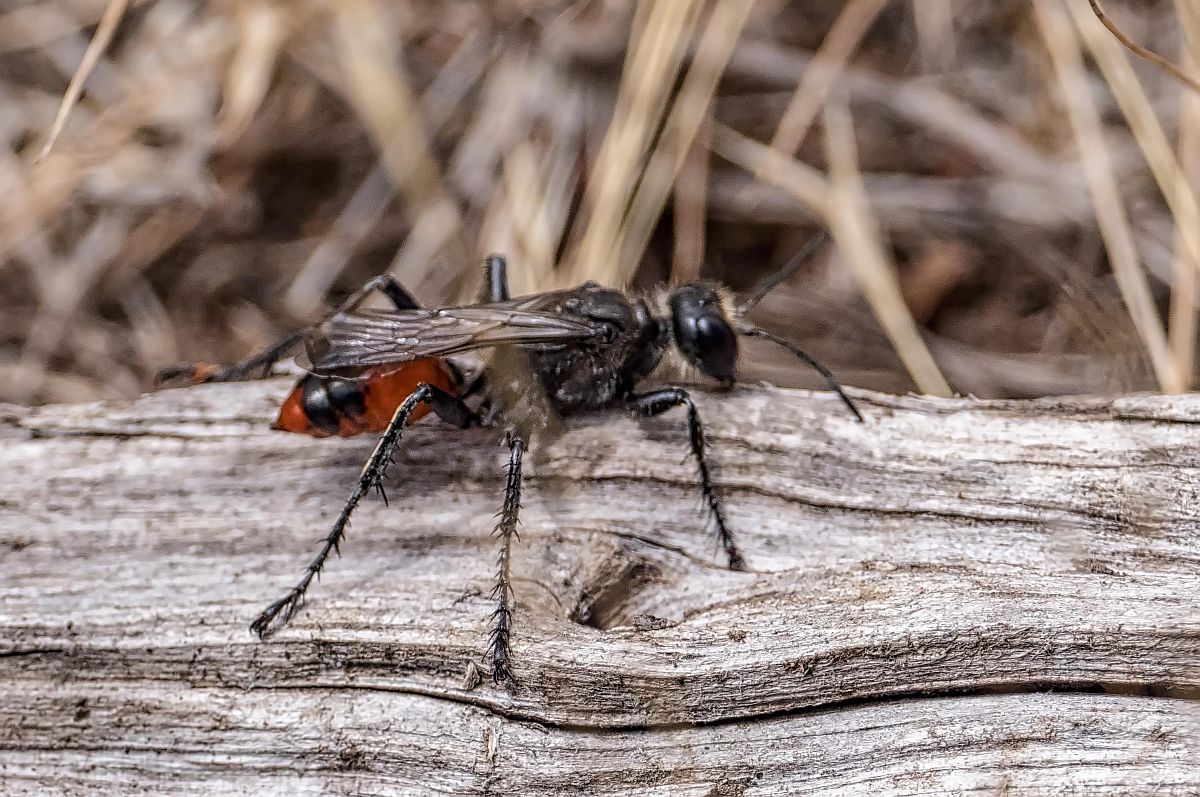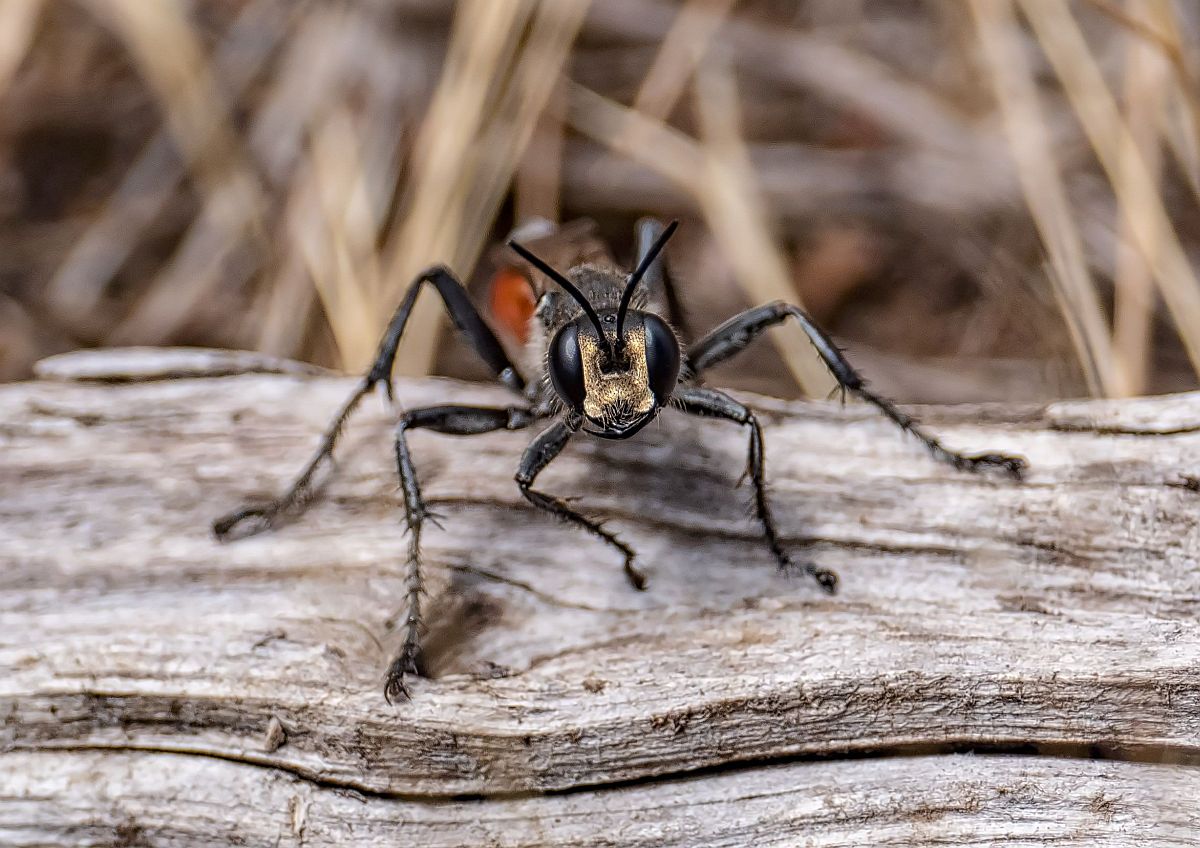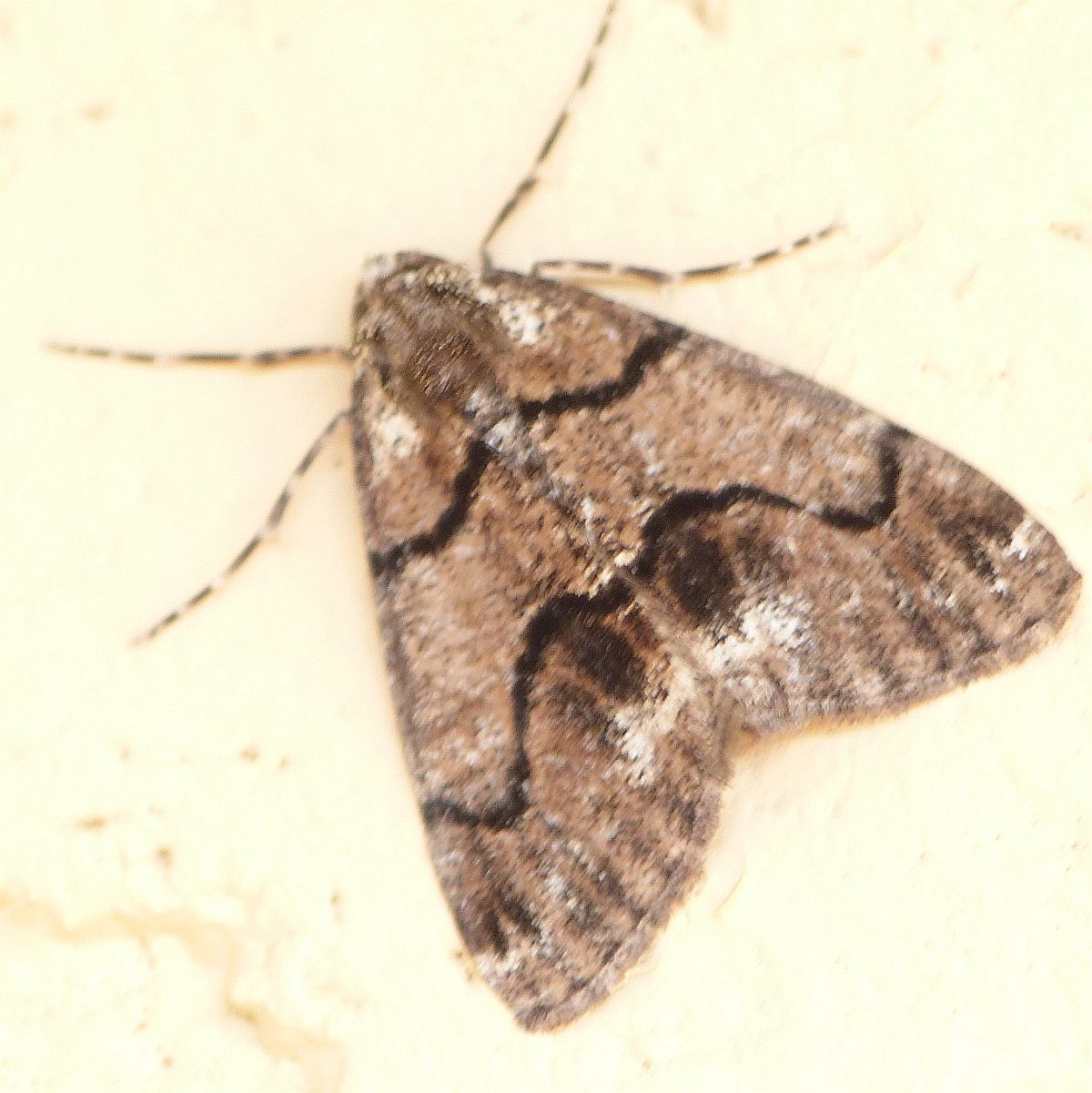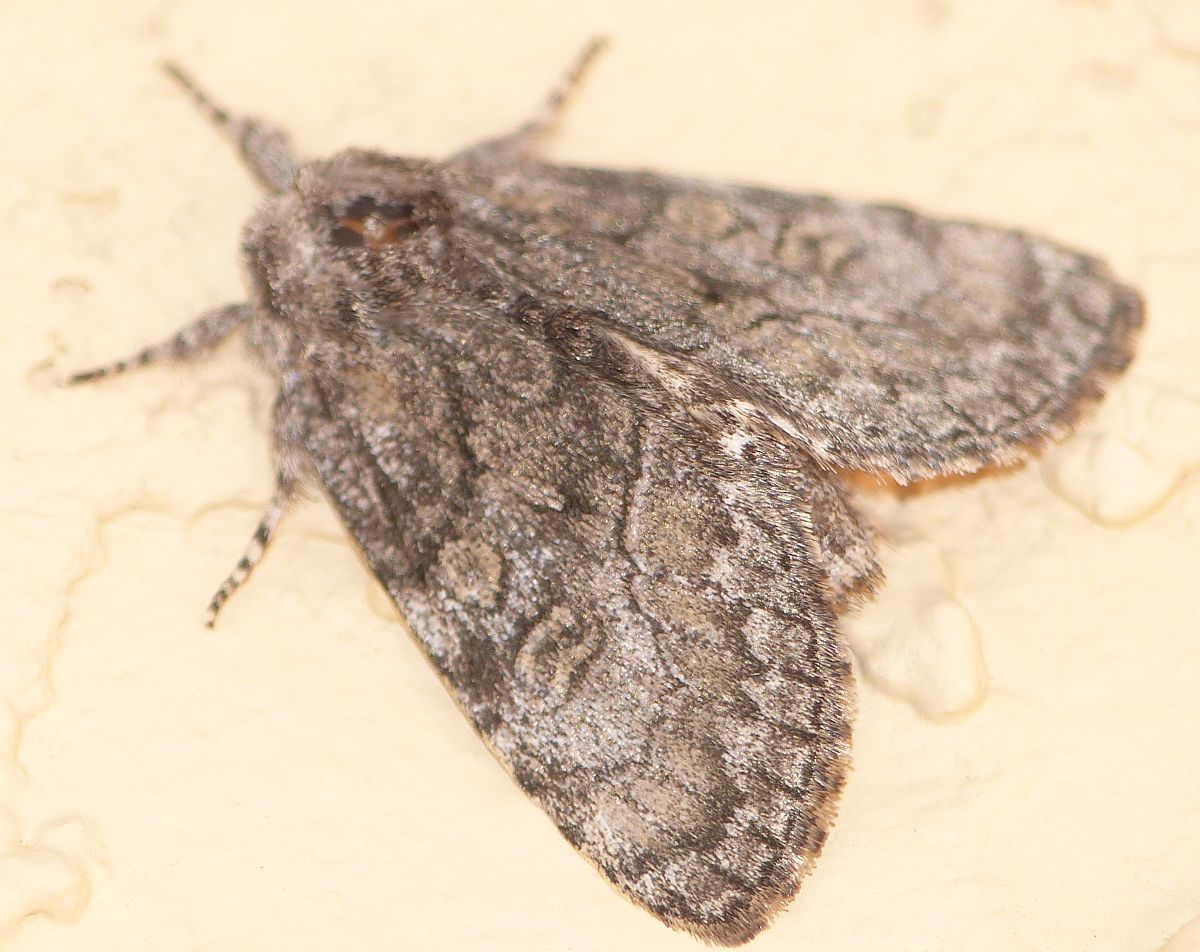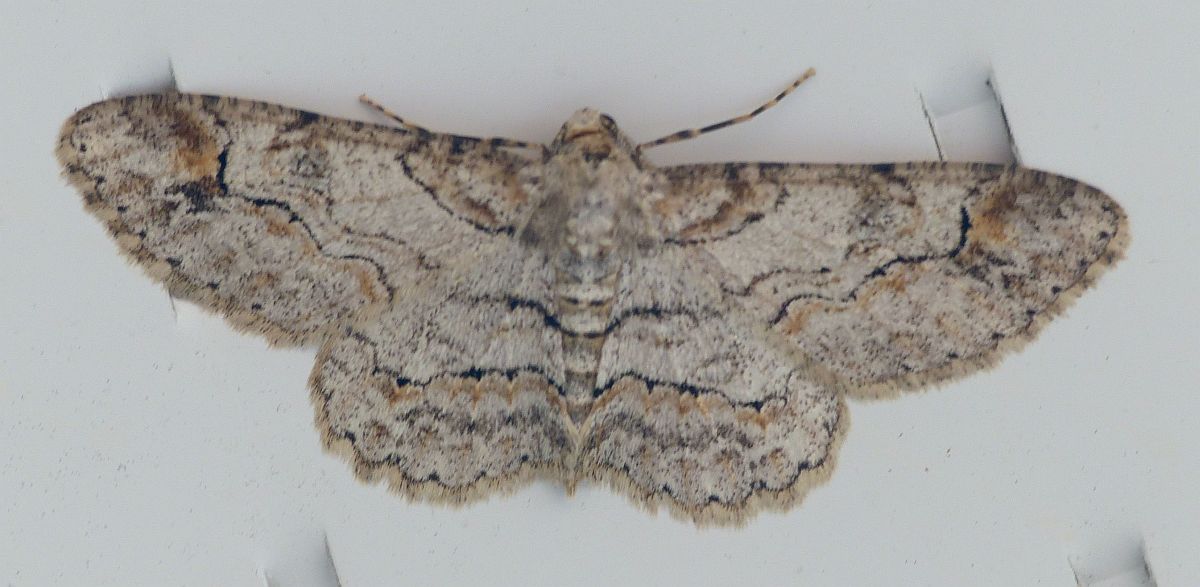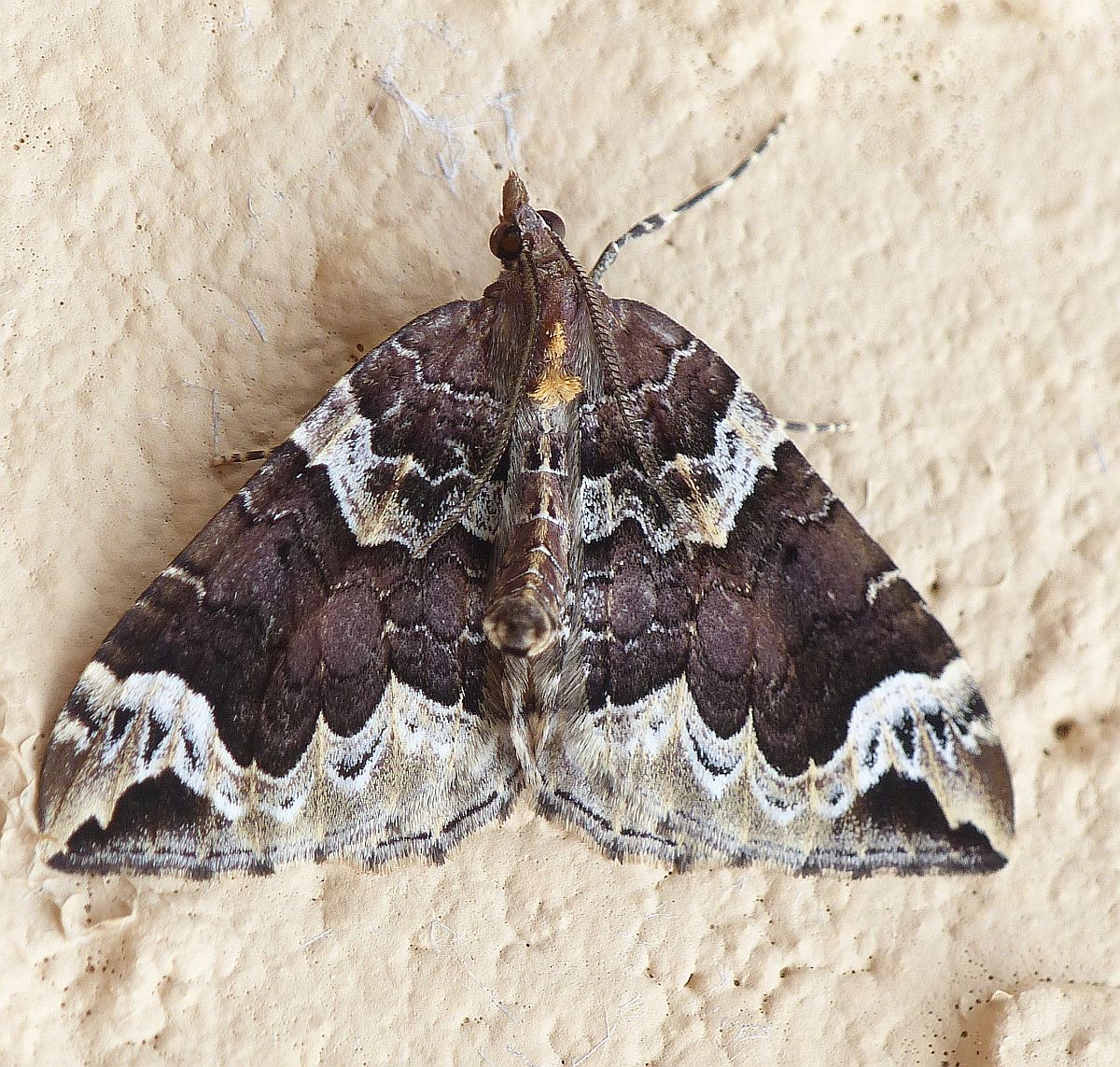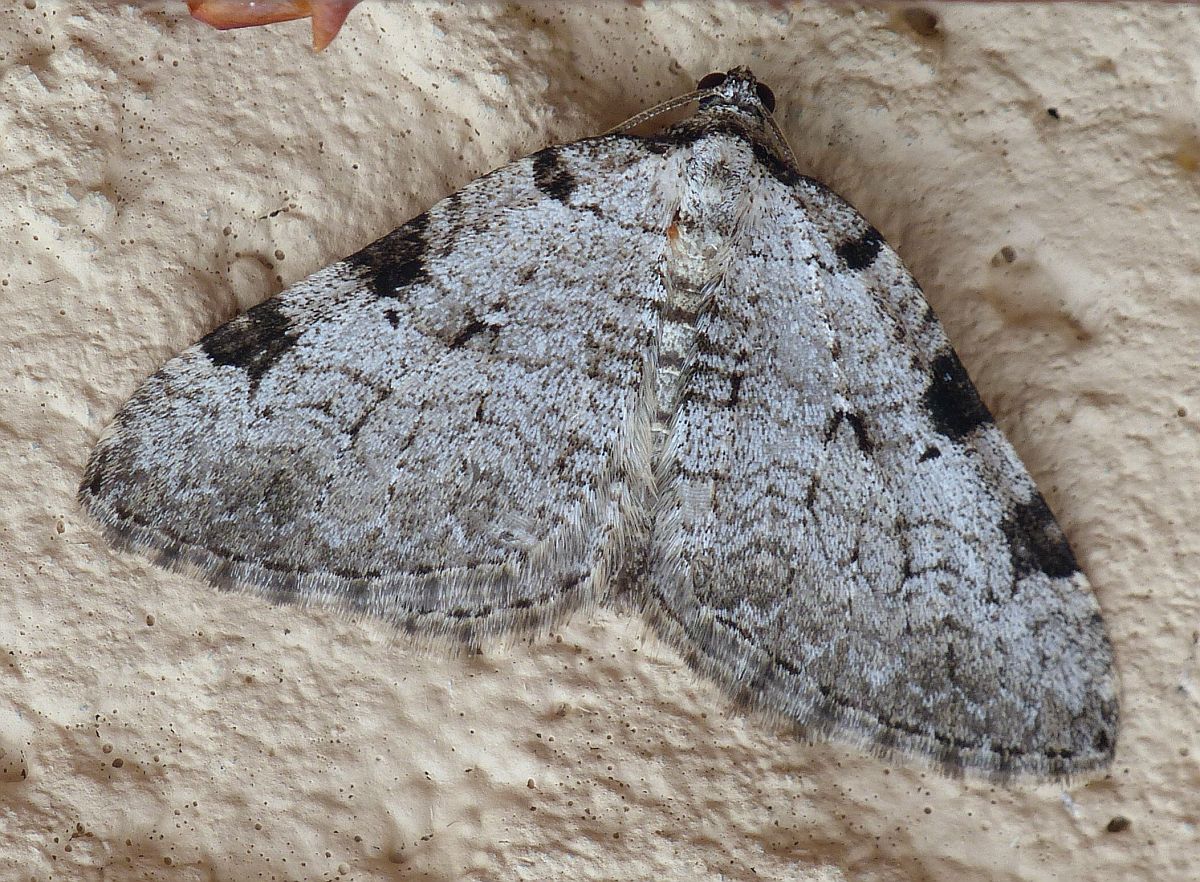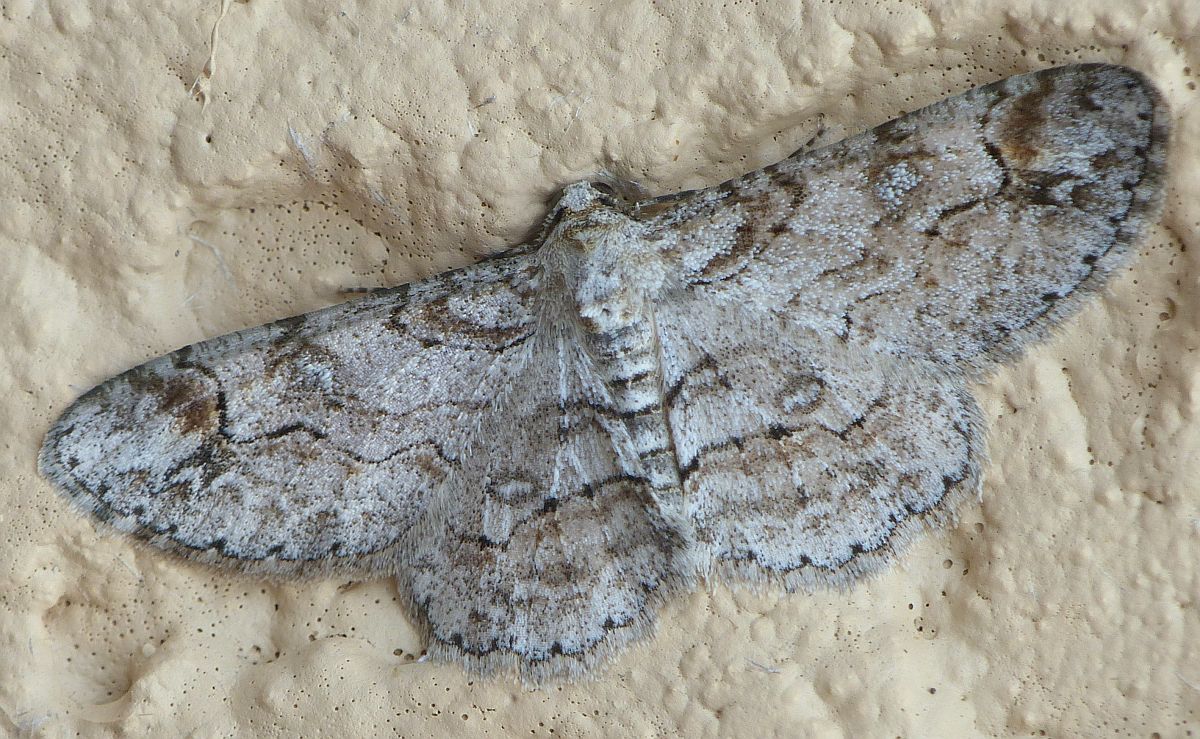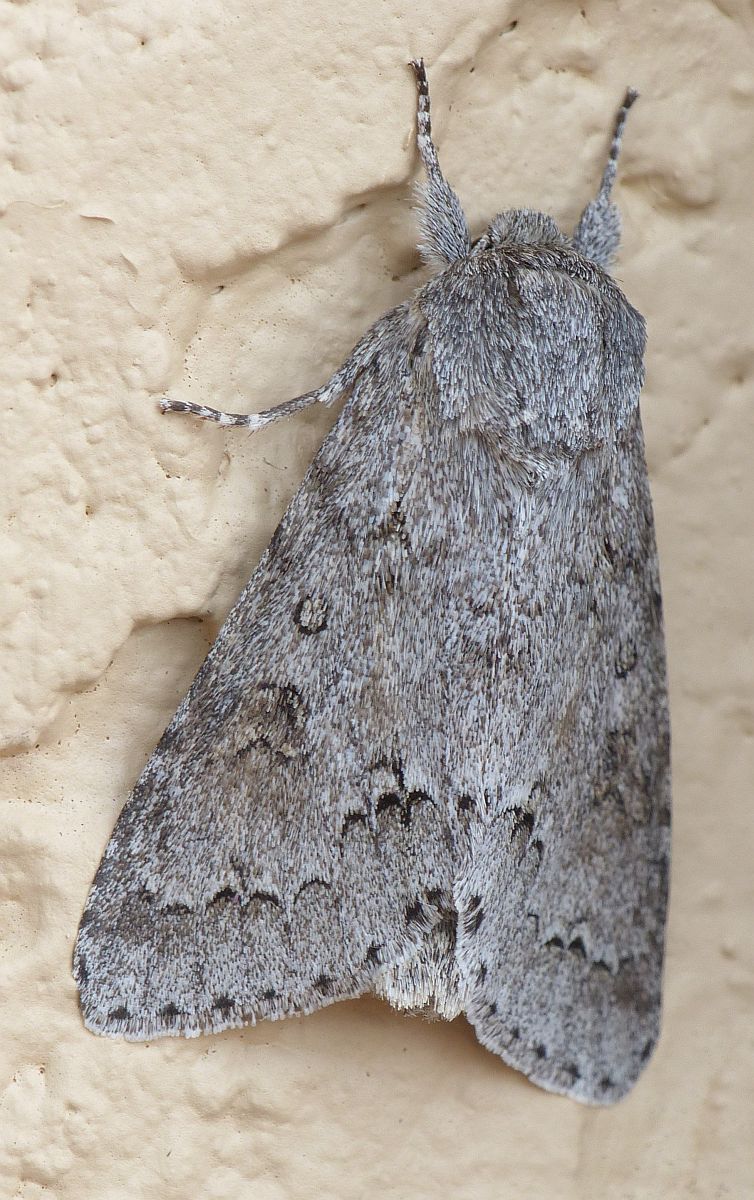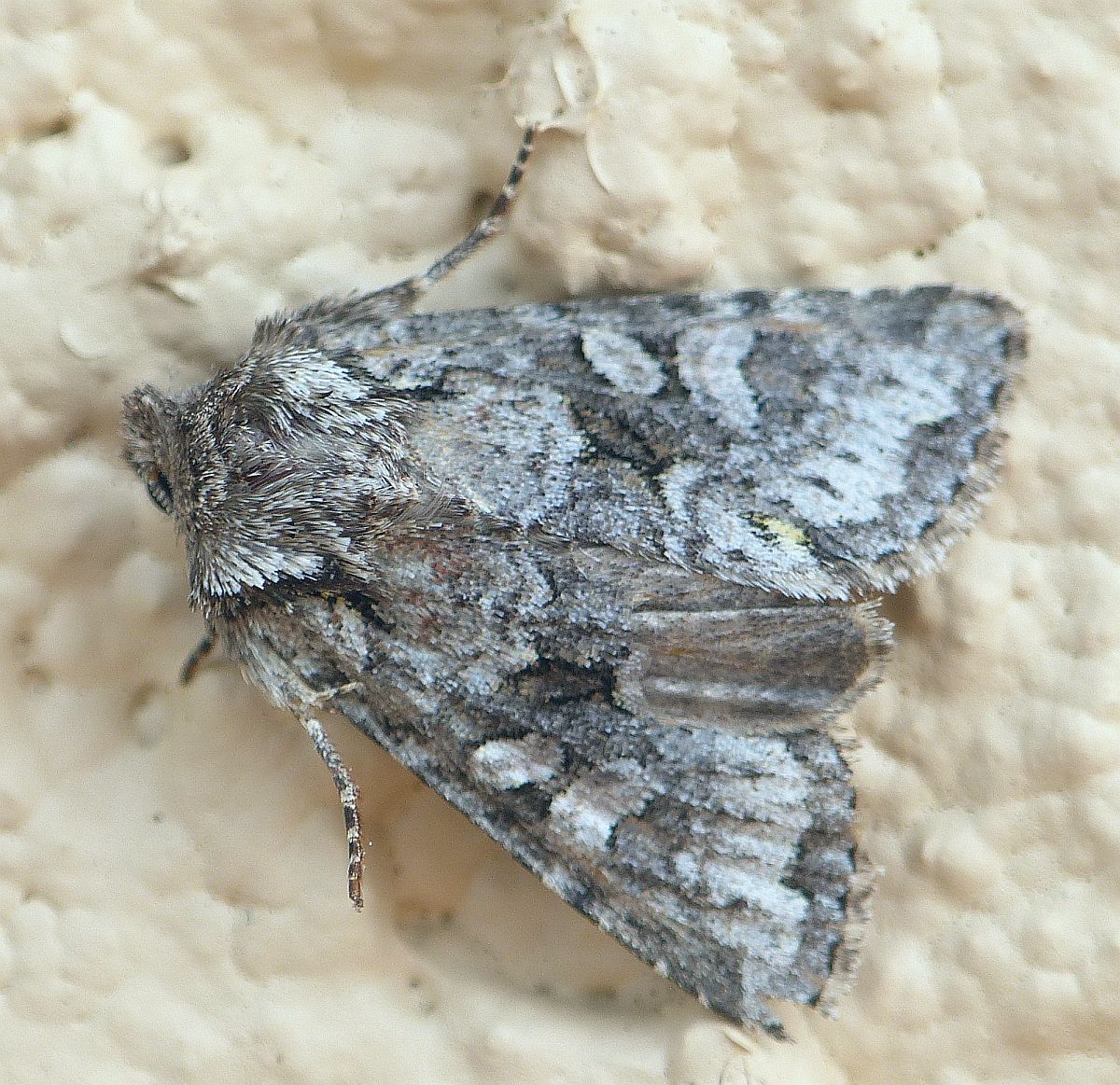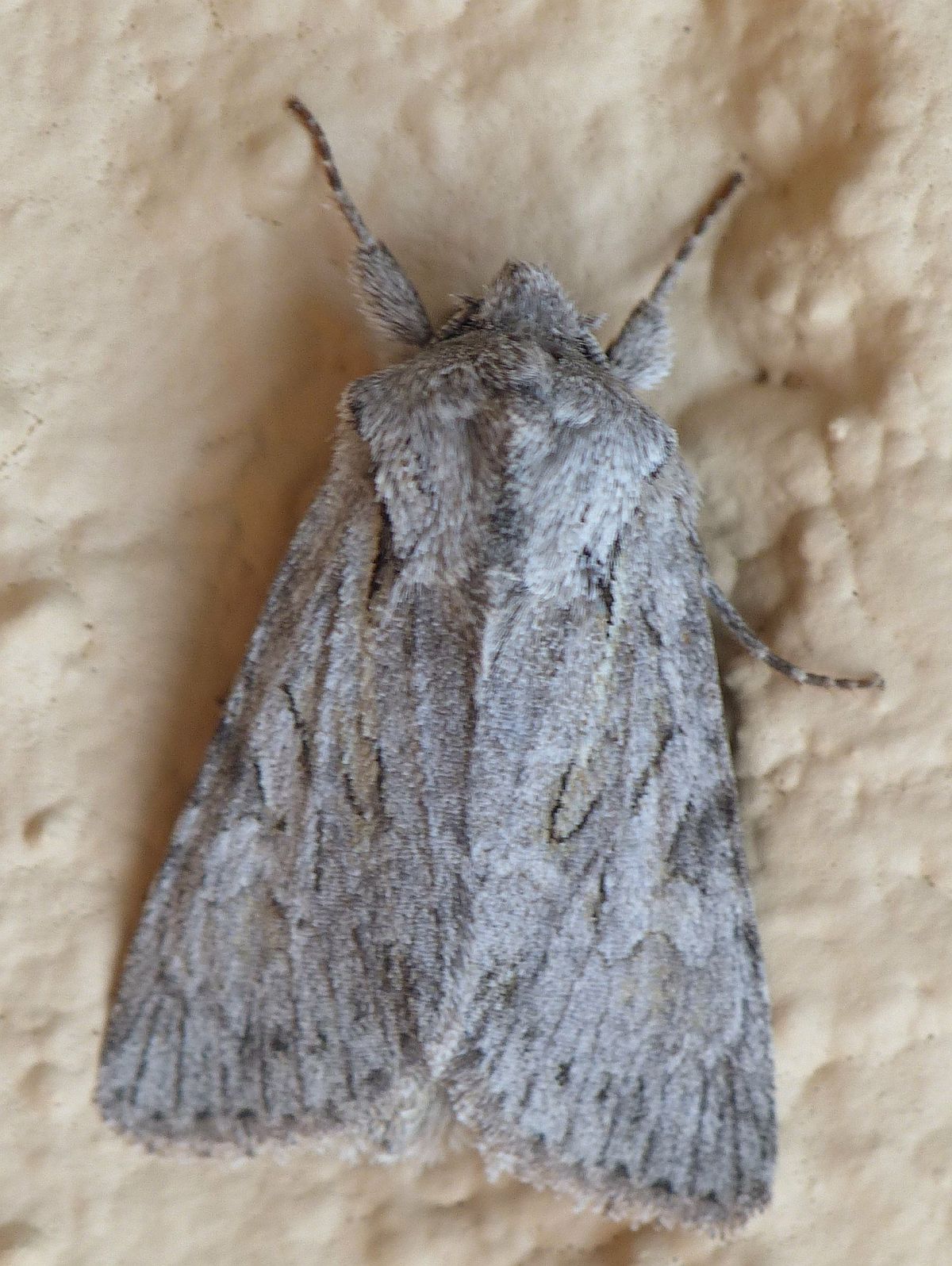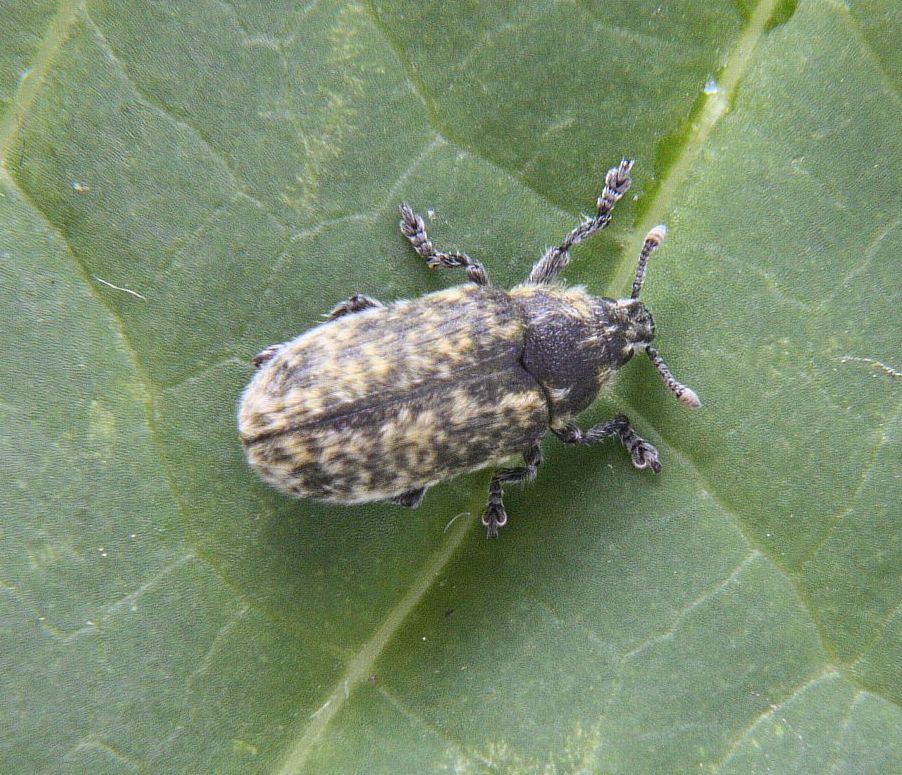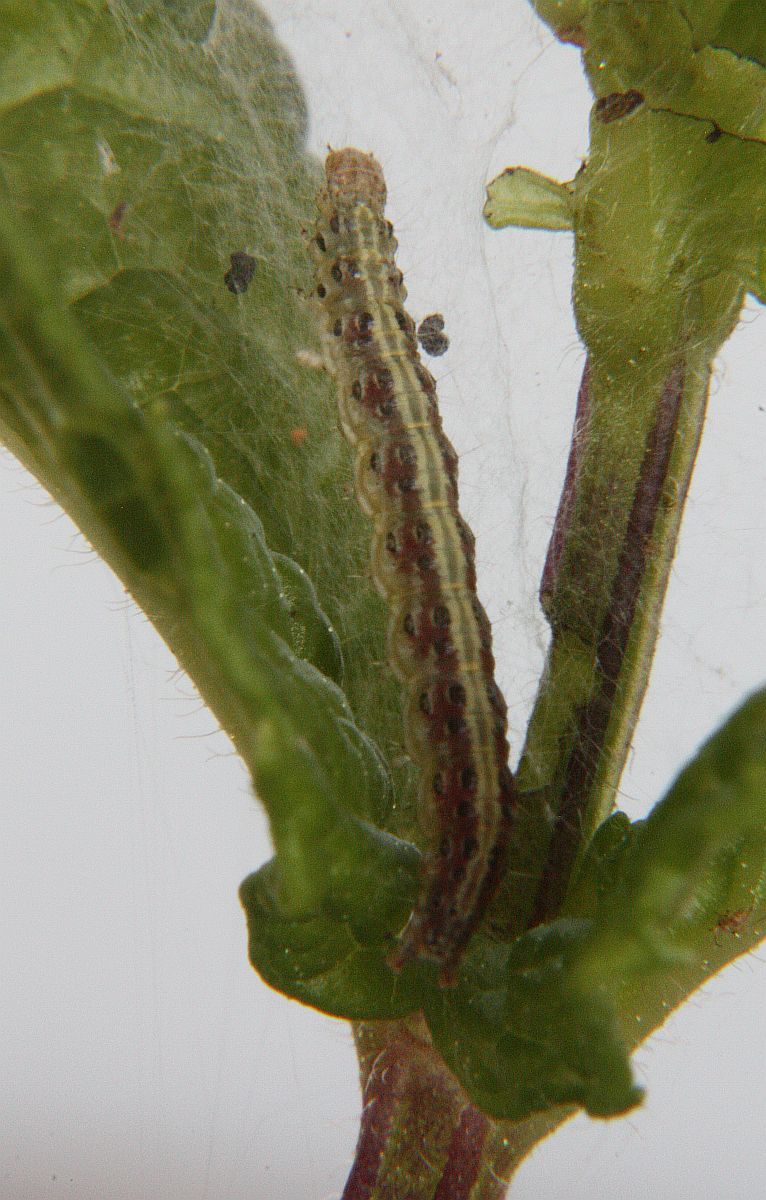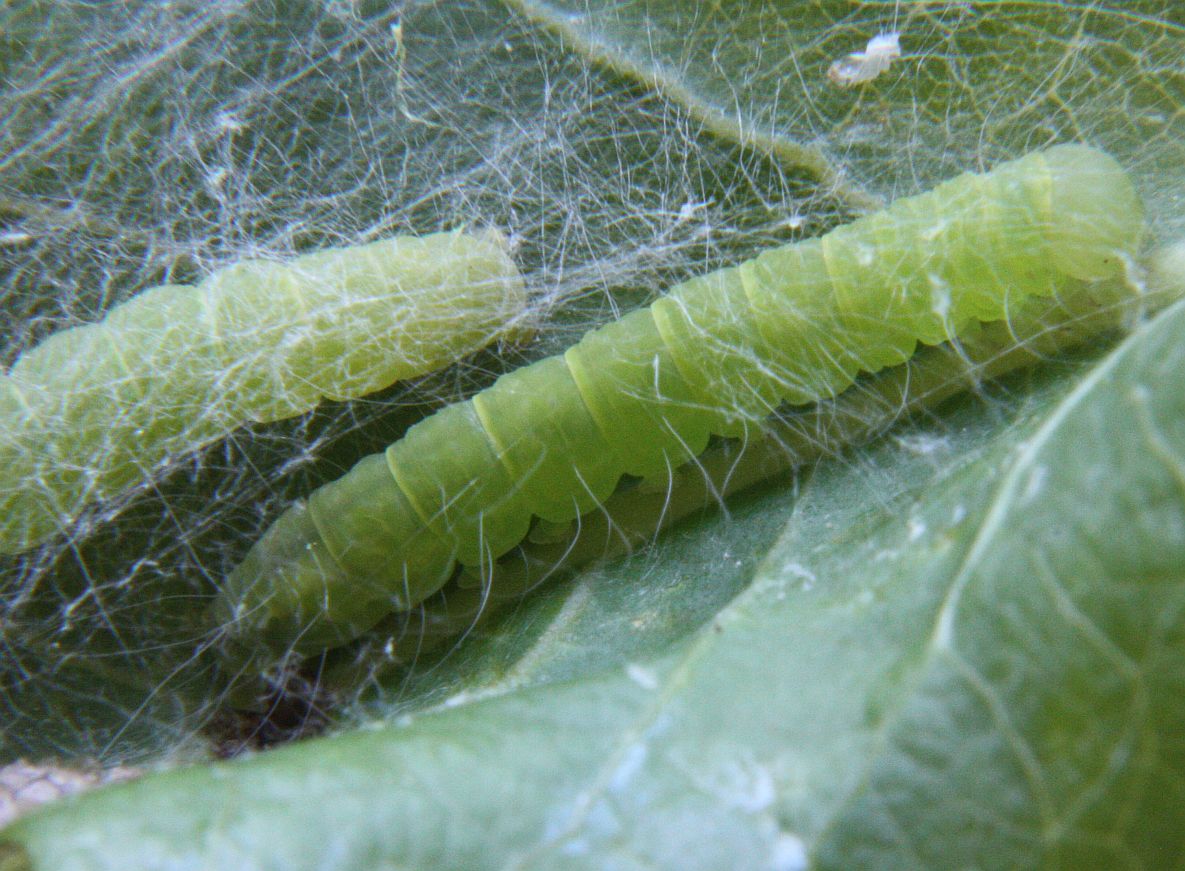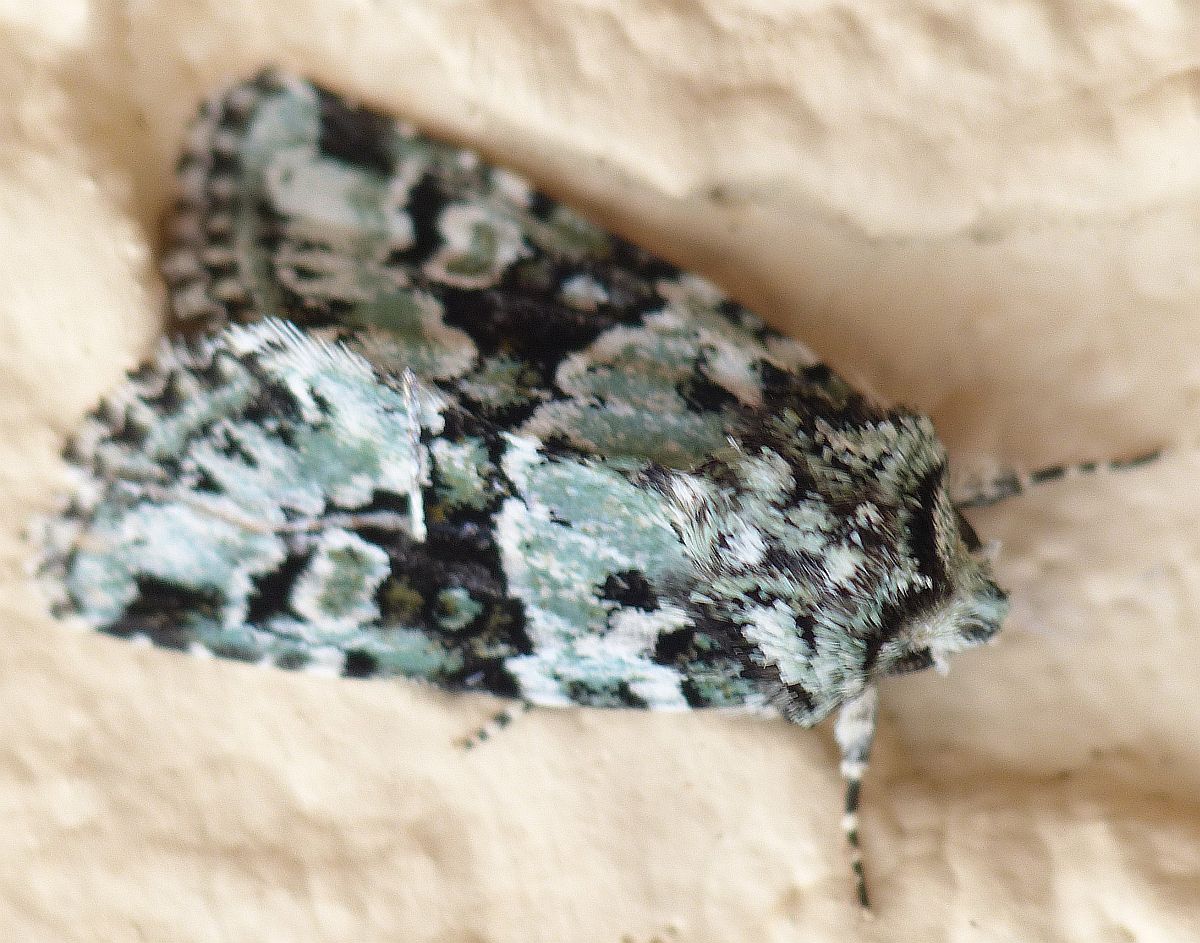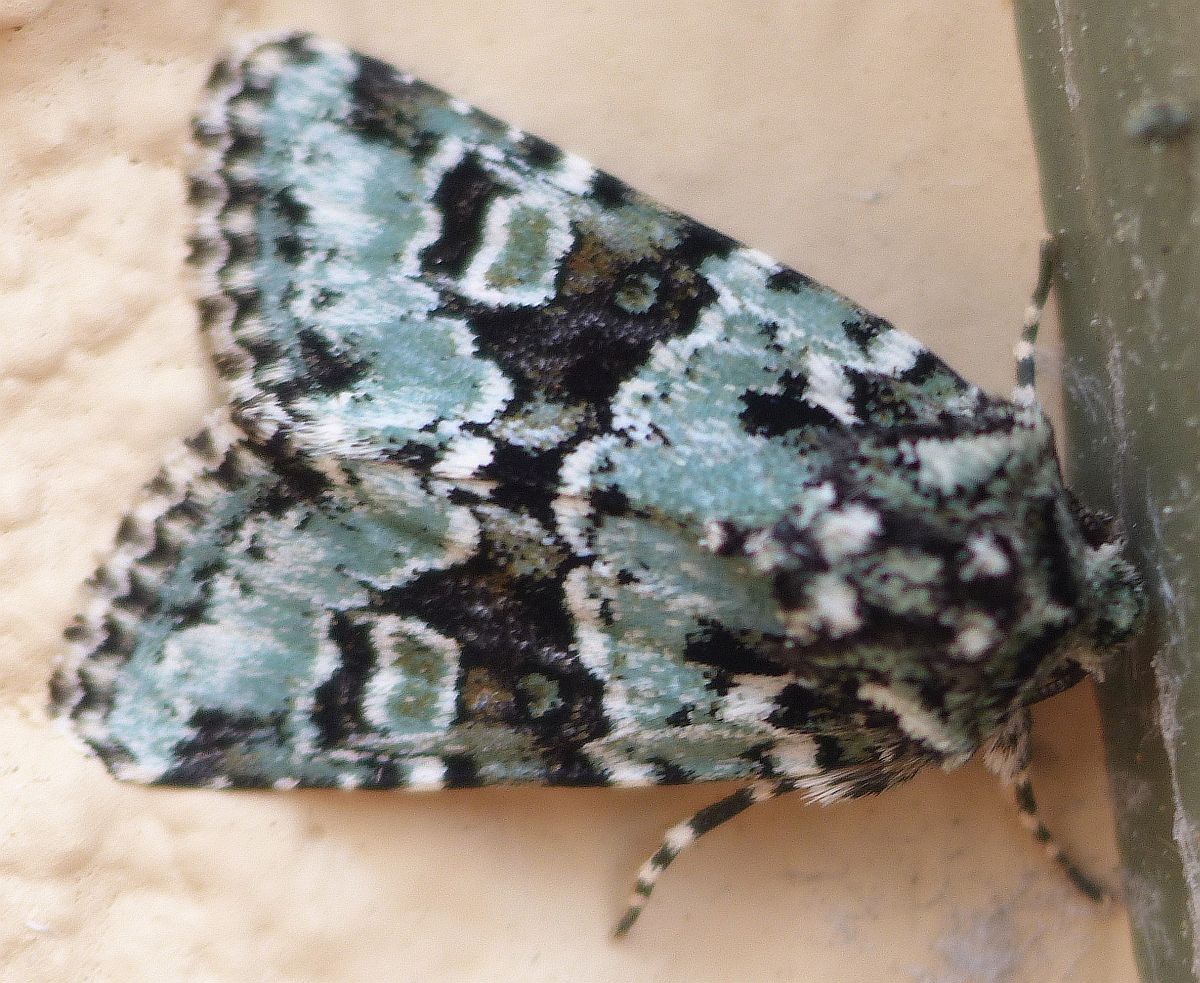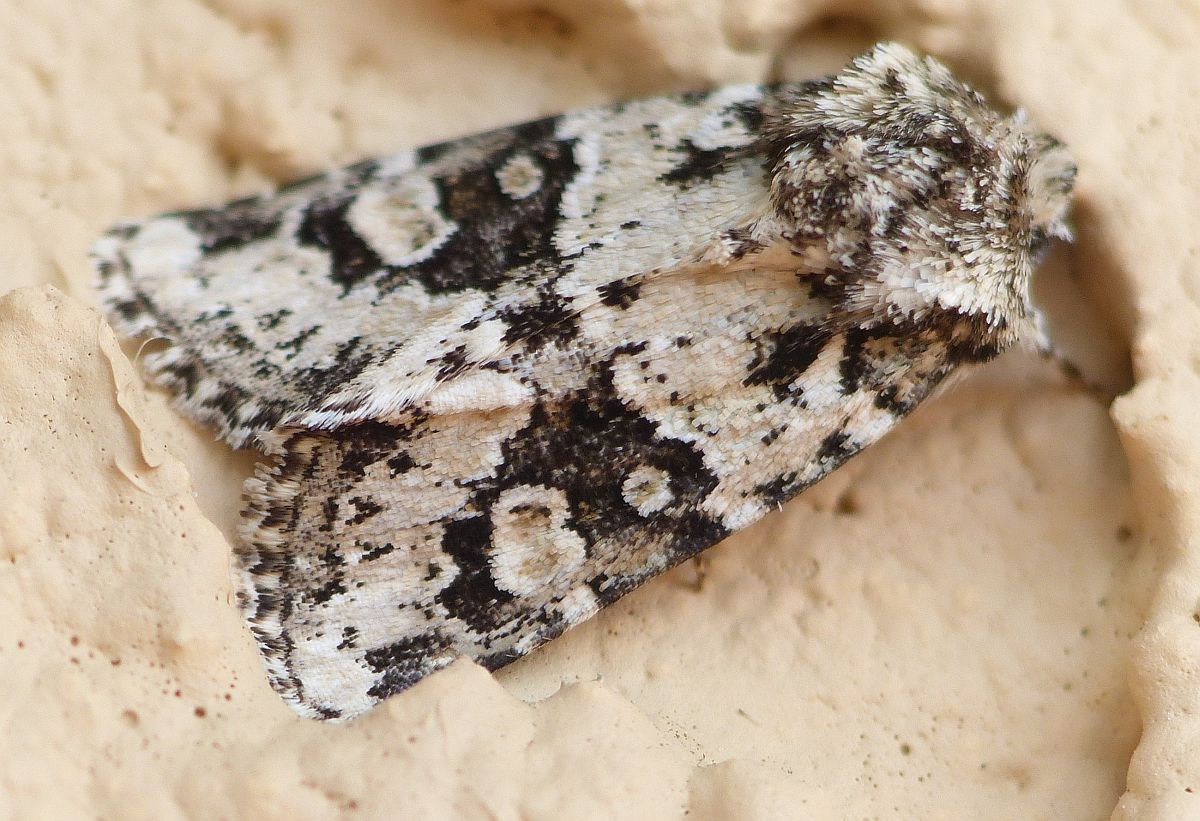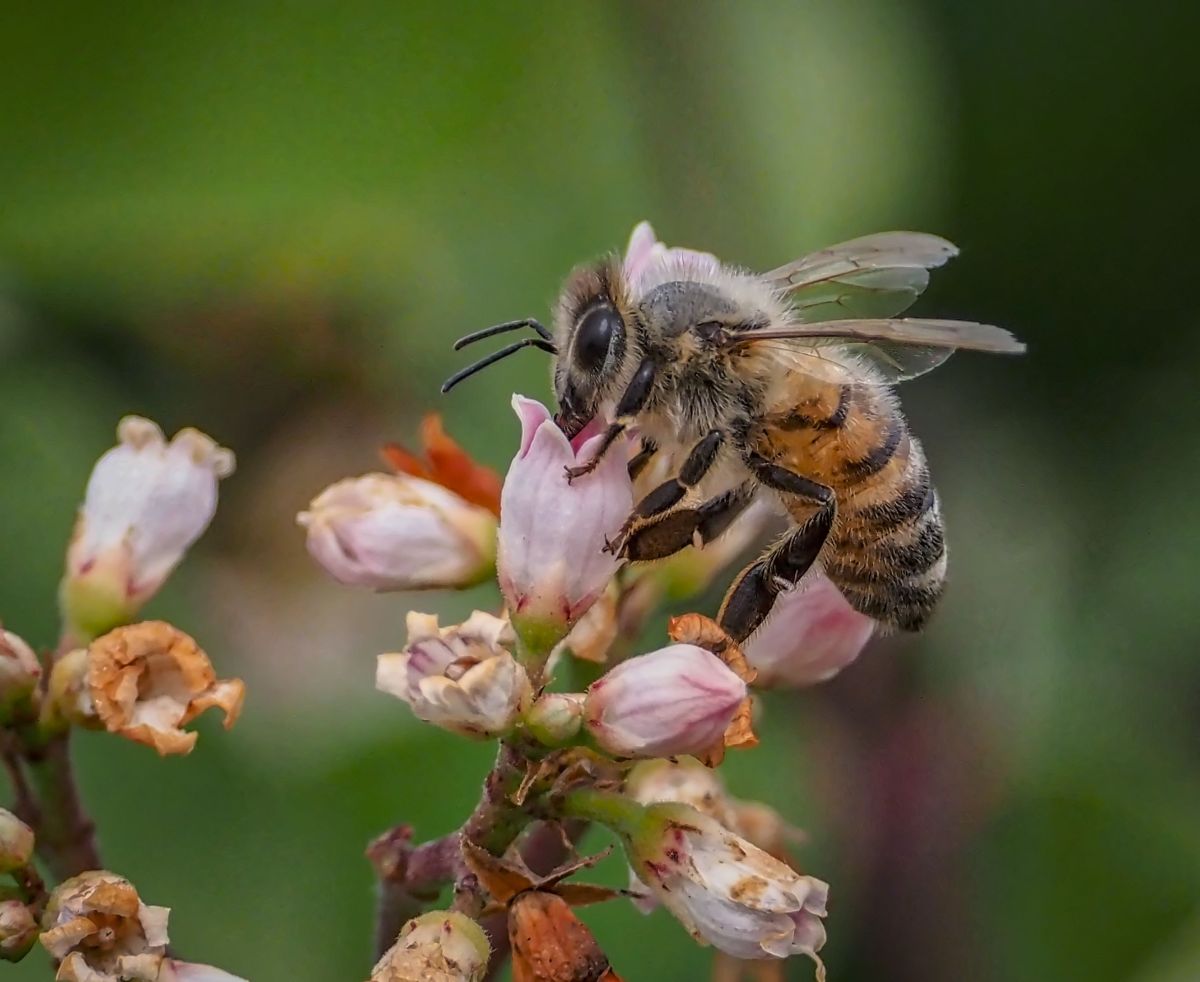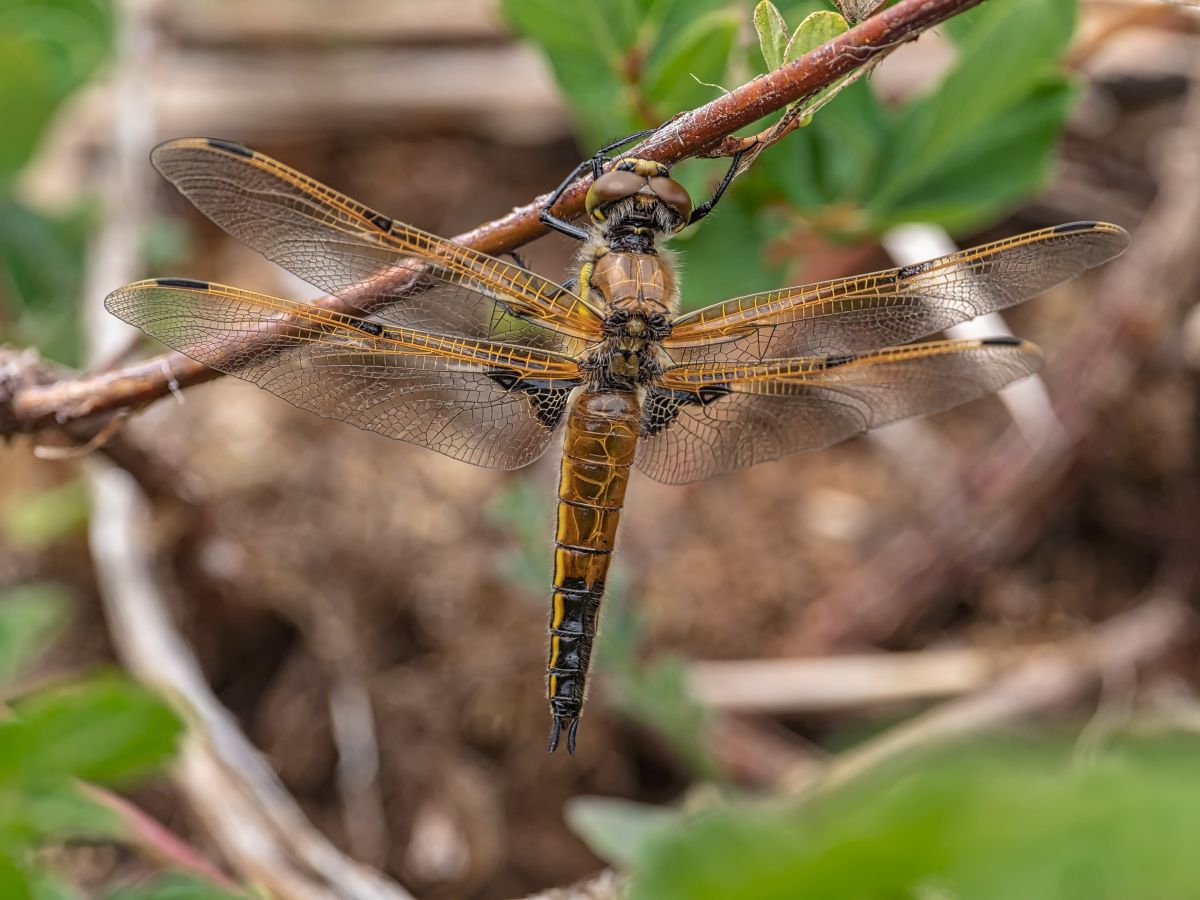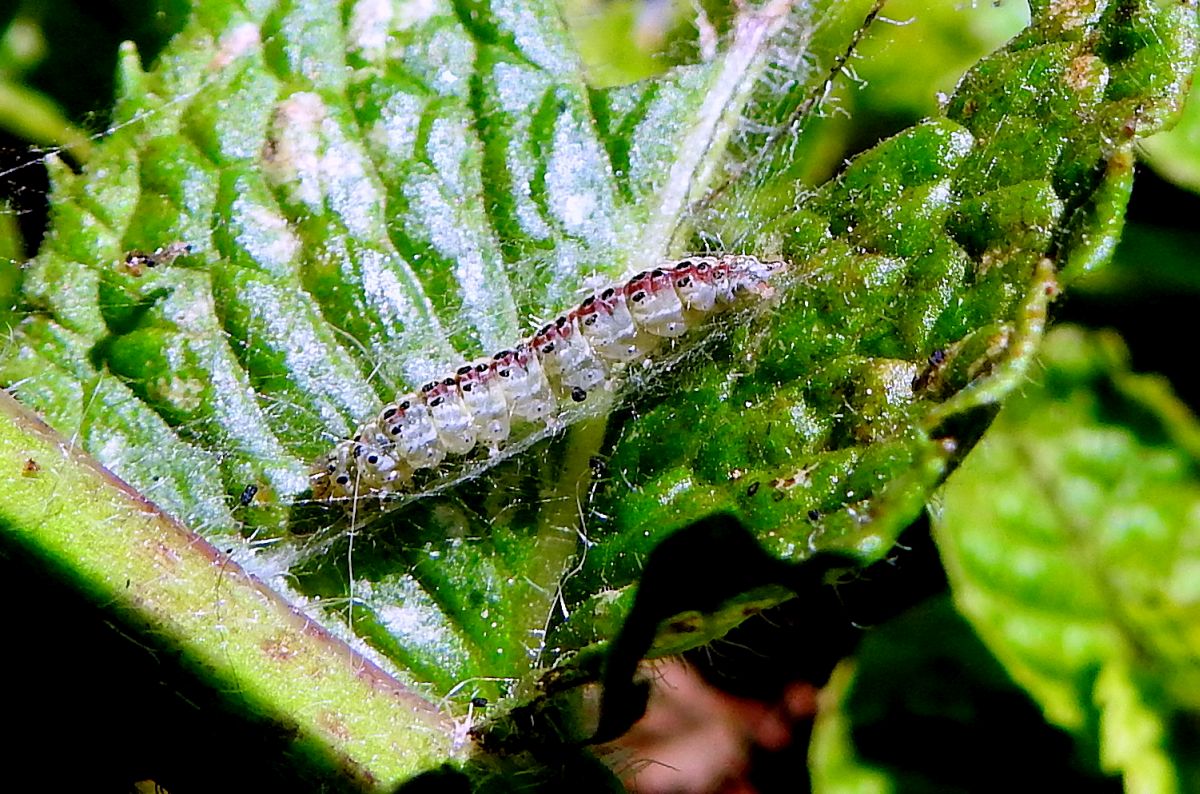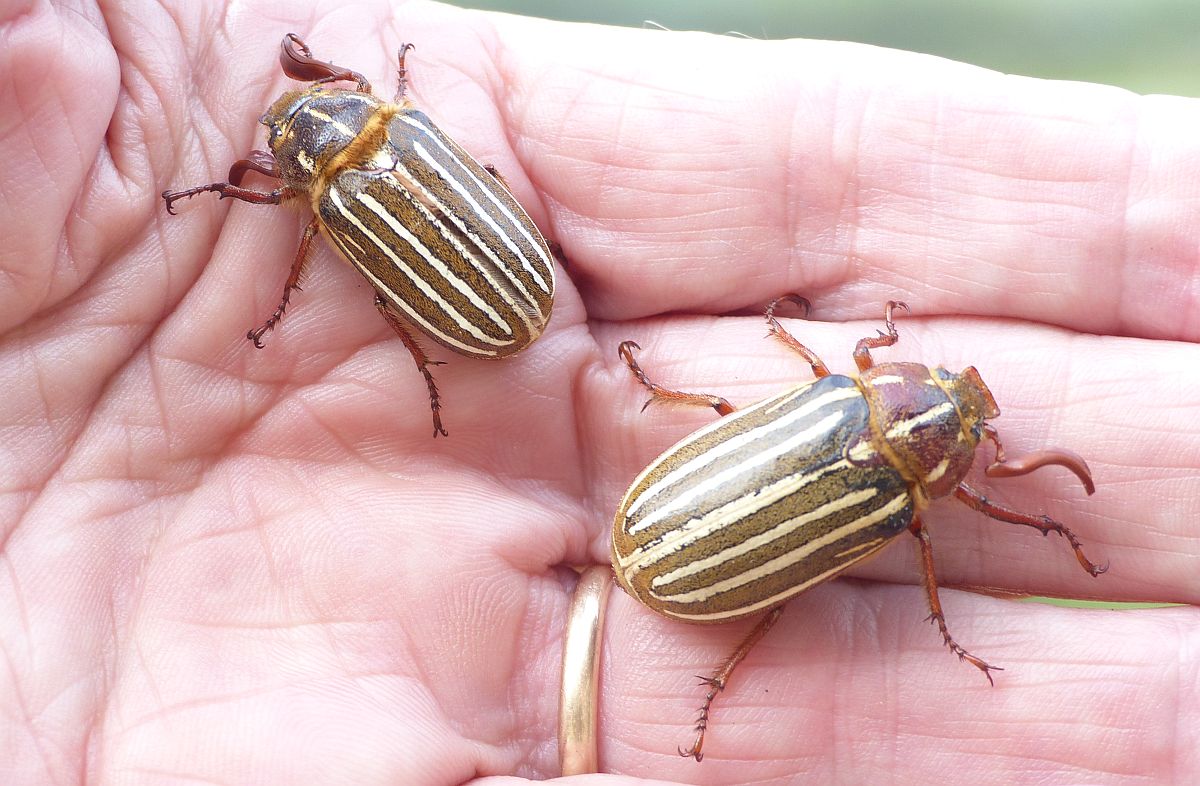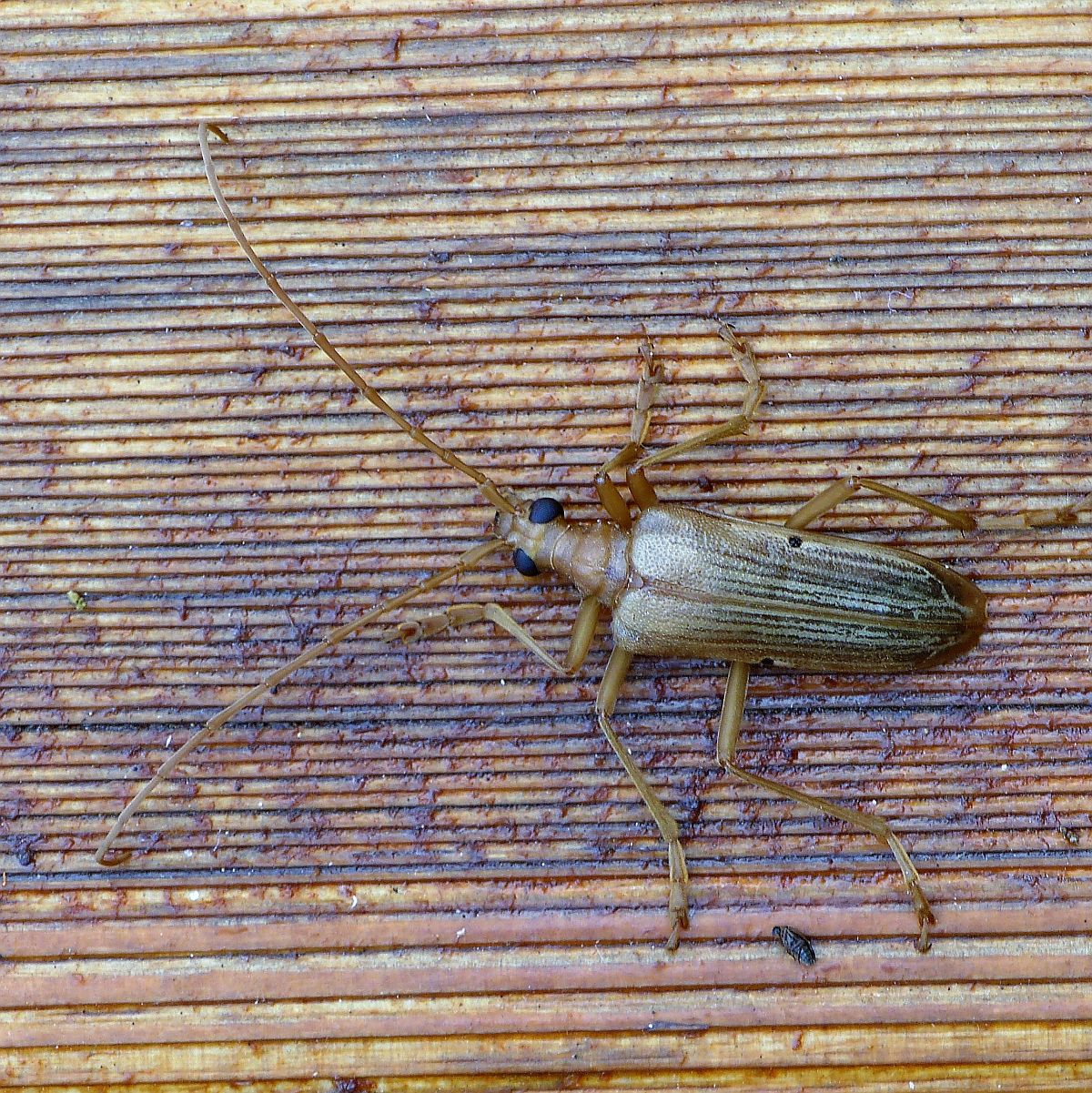July 5
[No July 4 posting]
Barbara McGrenere writes: Yesterday, on a walk along the Cowichan Valley Trail to the Kinsol Trestle, Mike and I saw many Western Tiger Swallowtails, several Cabbage Whites and several Lorquin’s Admirals. There was one Clodius Parnassian nectaring on some purple flowers between the main parking lot and the Kinsol Trestle.
Nathan Fisk photographed the bee below at Fort Rodd Learning Meadow on July 3. Thanks to Annie Pang for identifying it as a European Wool Carder Bee Anthidium manicatum.

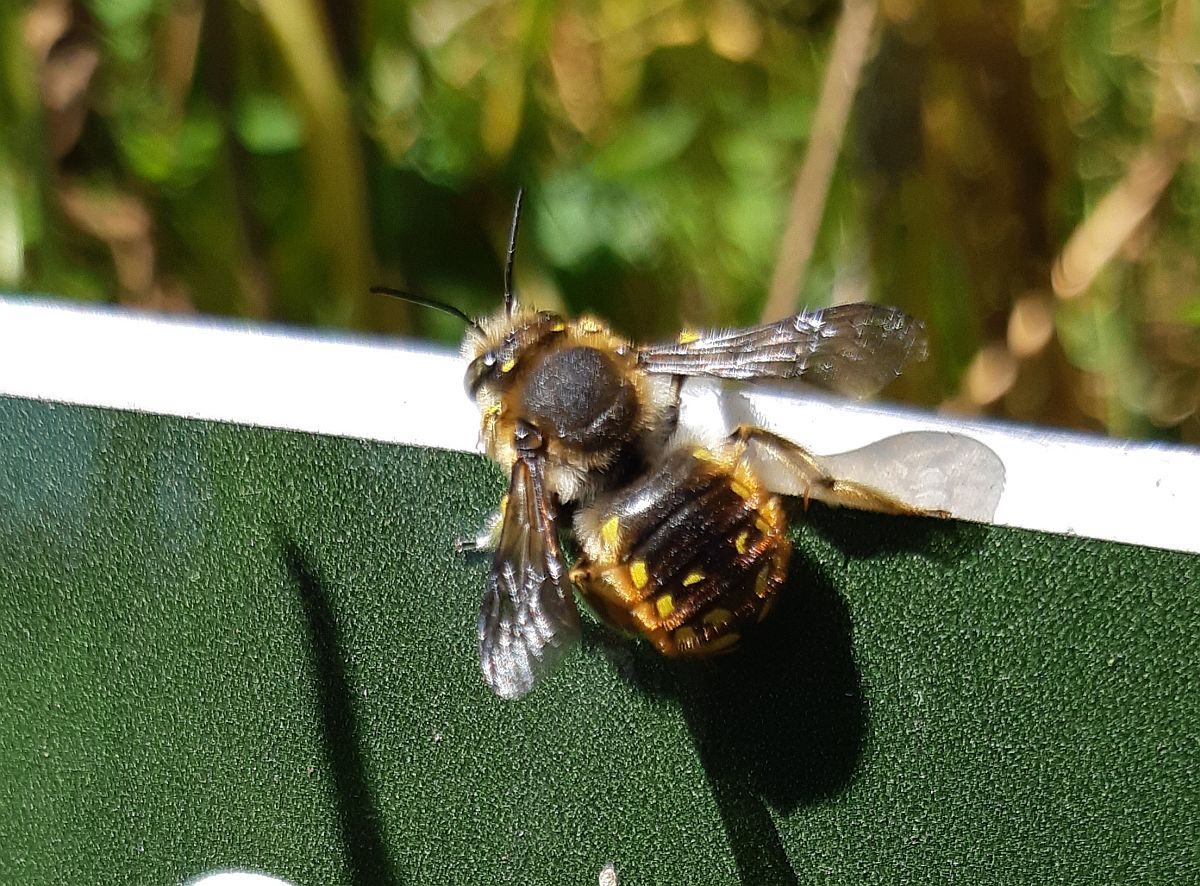
European Wool Carder Bee Anthidium manicatum (Hym.: Megachilidae) Nathan Fisk
Rosemary Jorna found a pair of Lorquin’s Admirals at Aylard’s Farm, East Sooke Park, this morning, sharing a private moment.

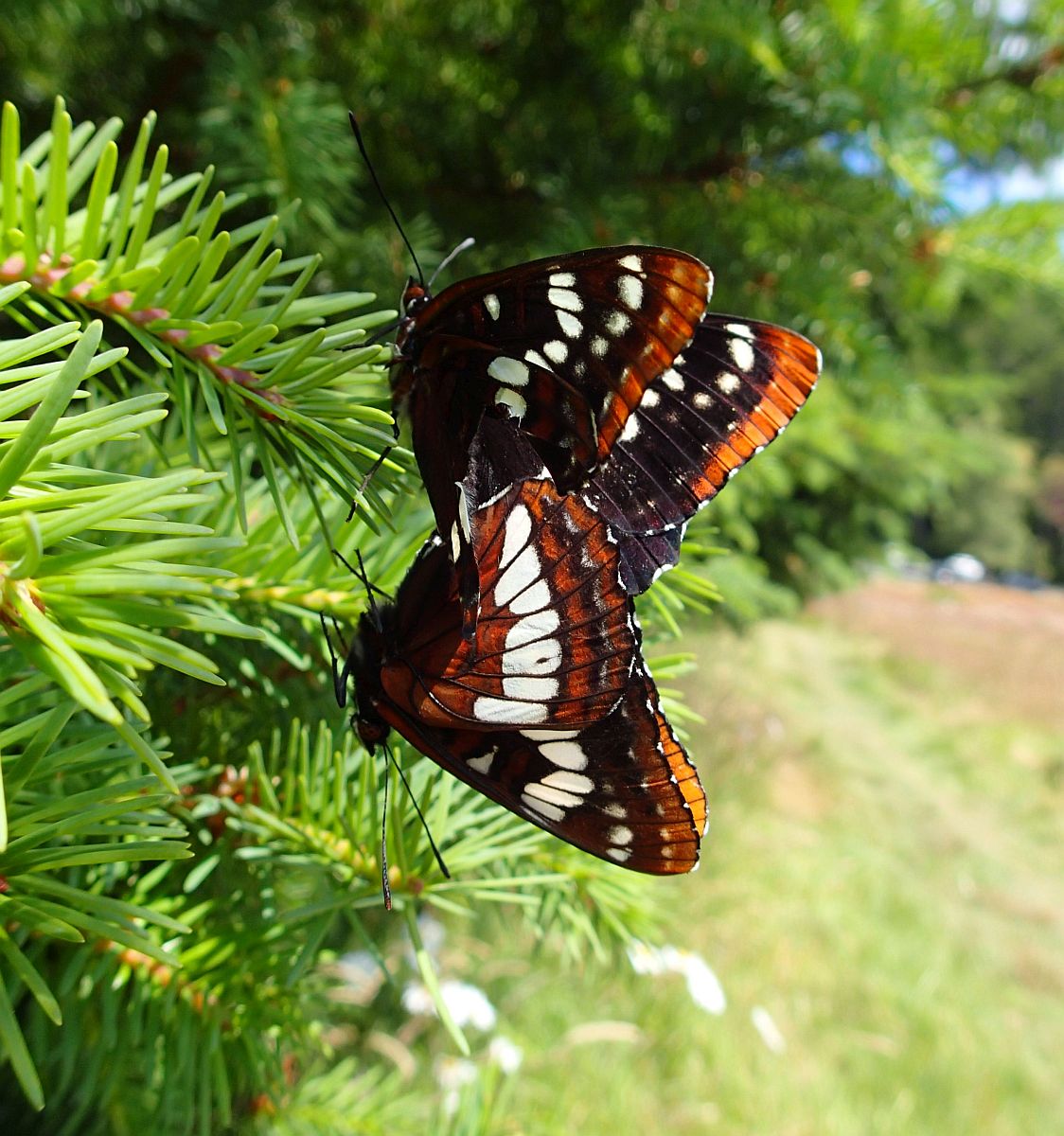
Lorquin’s Admirals Limenitis lorquini (Lep.: Nymphalidae) Rosemary Jorna
Val George writes: Yesterday, July 4, on my way to Nanaimo I took a quick drive up the Nanaimo River Road to look for butterflies. As well as the more common species, I found a single Western Meadow Fritillary and a single Grey Hairstreak. The day before, July 3, there were two moths in my carport in Oak Bay. The one is, of course, a Common Emerald Hemithea aestivaria; is the other one a Herpetogramma pertexalis? [Jeremy Tatum writes: Herpetogramma certainly. But is it H. pertextalis or H. thestealis? Libby Avis tells us that, according to current thinking, true pertextalis occurs in Canada only in a small area in southern Ontario, so we’ll have to label this one Herpetogramma thestealis.]

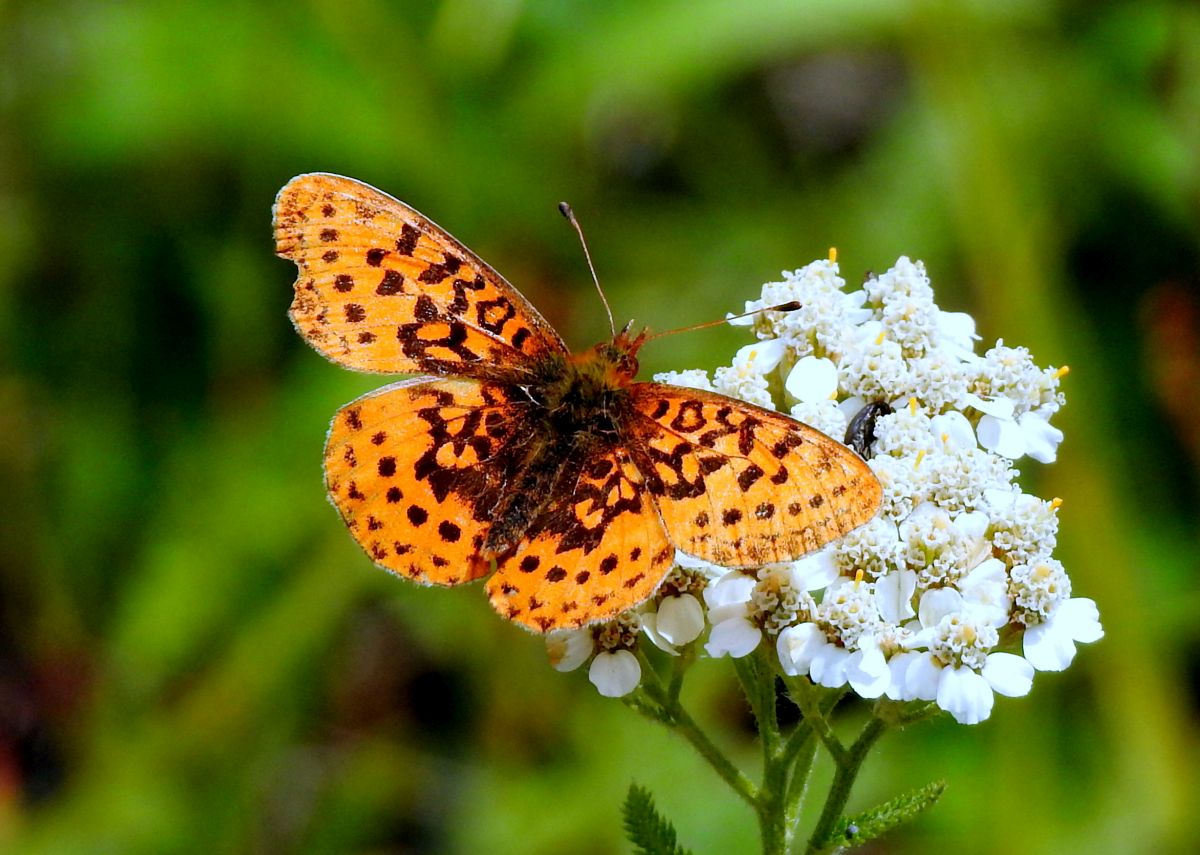
Western Meadow Fritillary Boloria epithore (Lep.: Nymphalidae) Val George

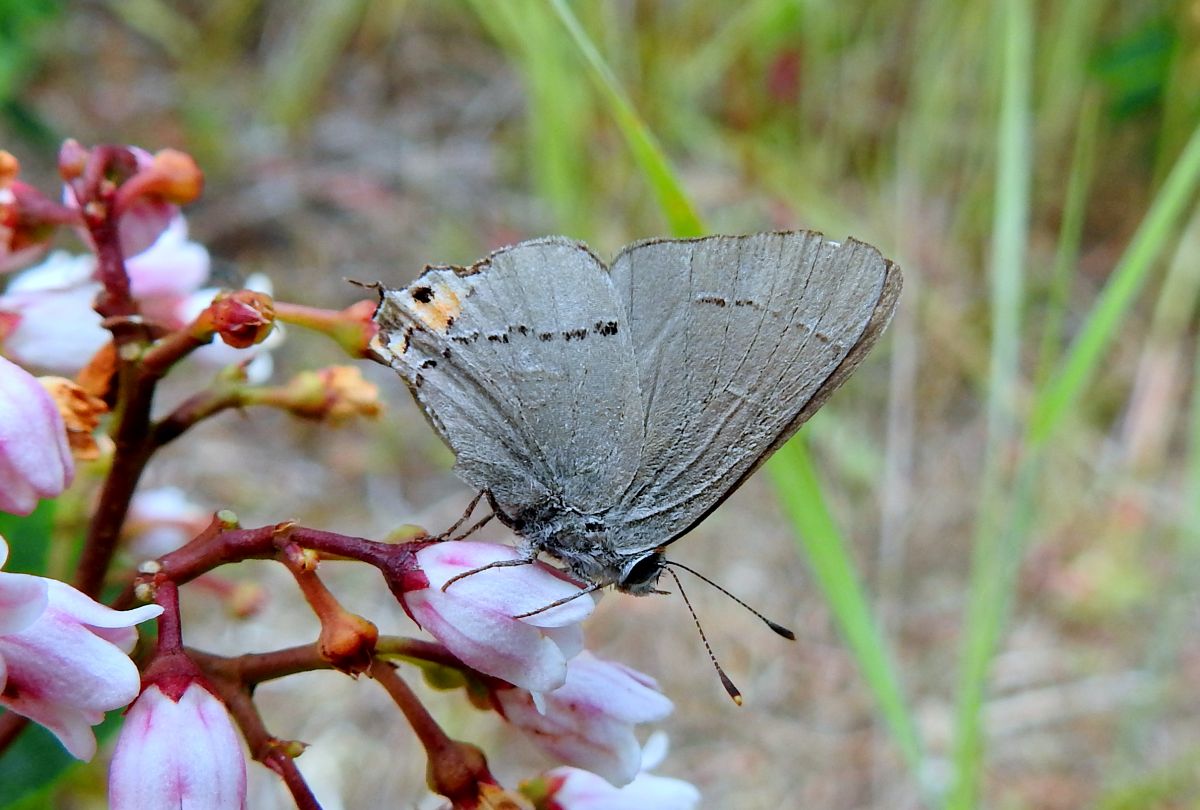
Grey Hairstreak Strymon melinus (Lep.: Lycaenidae) Val George

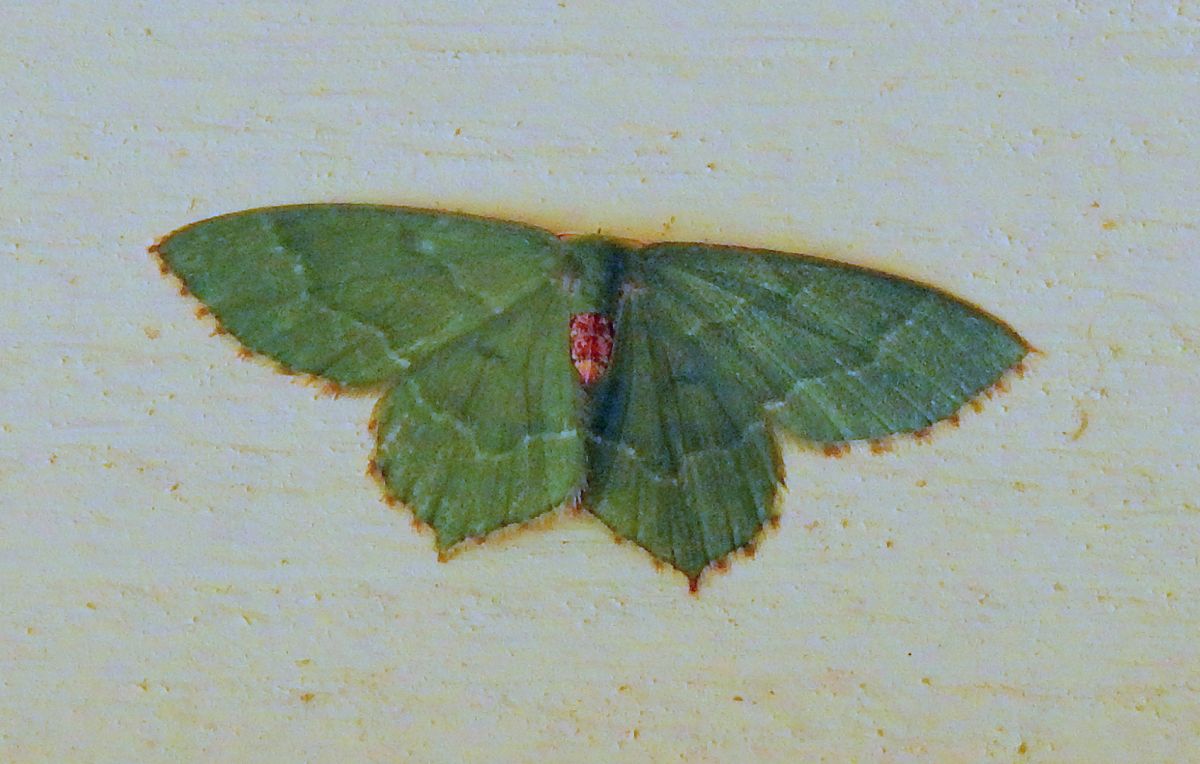
Common Emerald Hemithea aestivaria (Lep.: Geometridae) Val George

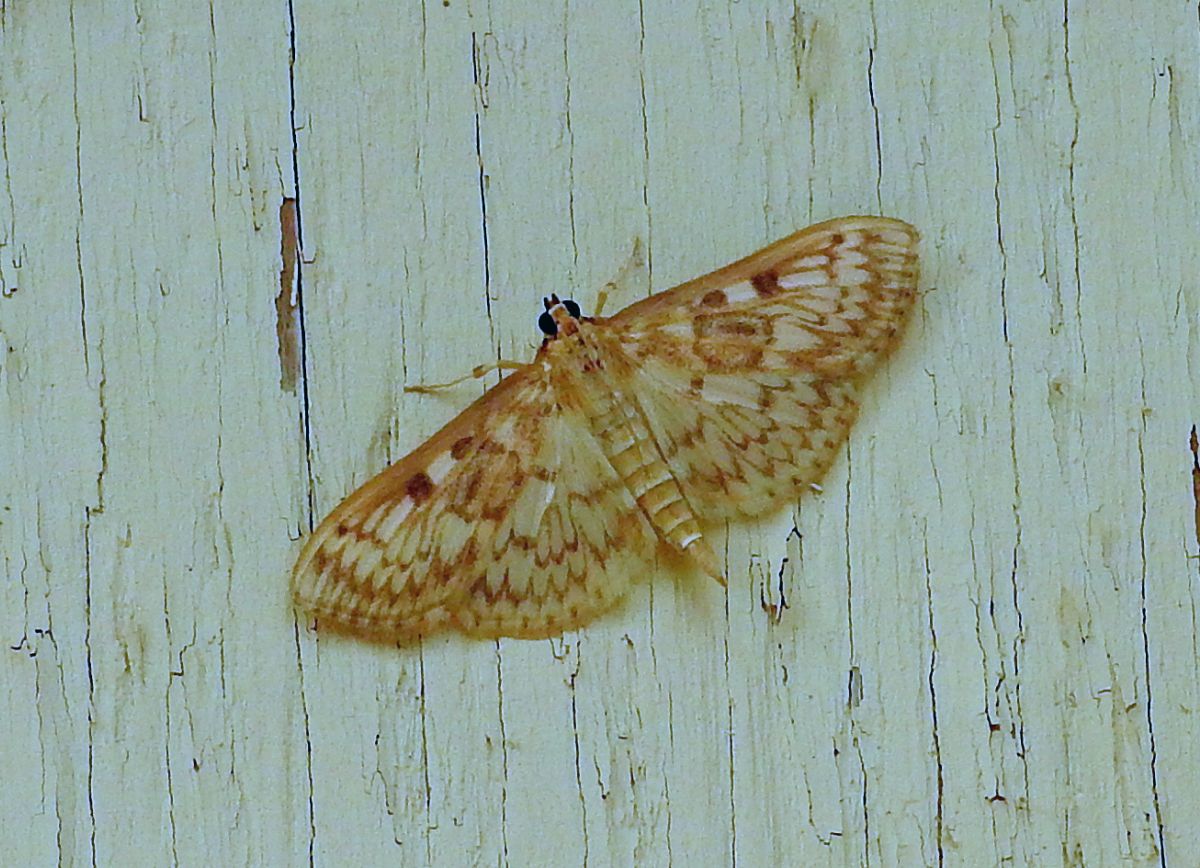
Herpetogramma thestealis (Lep.: Crambidae) Val George

